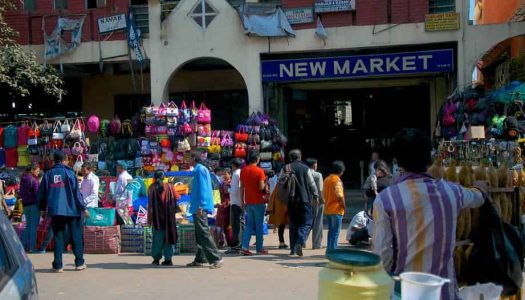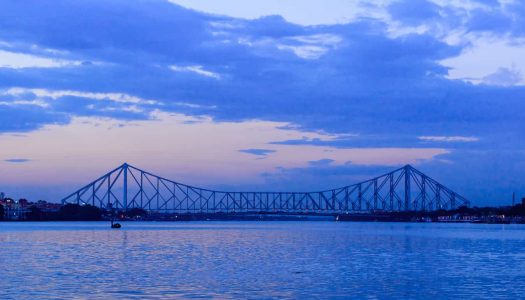Rabindranath Tagore was a poet and writer with extraordinary literary skills. His words call to you and the flow of his verses feel like music to the ears. His immense talent proved to be a boon during the days of the Indian freedom struggle. From patriotic songs and plays to the national anthem of India, his work positively impacted India’s cultural scene. And, it continues to do so! Rabindranath Tagore Jayanti is the birth anniversary of this impeccable man, a day when we all celebrate his writings, compositions and the timeless legacy he left behind.
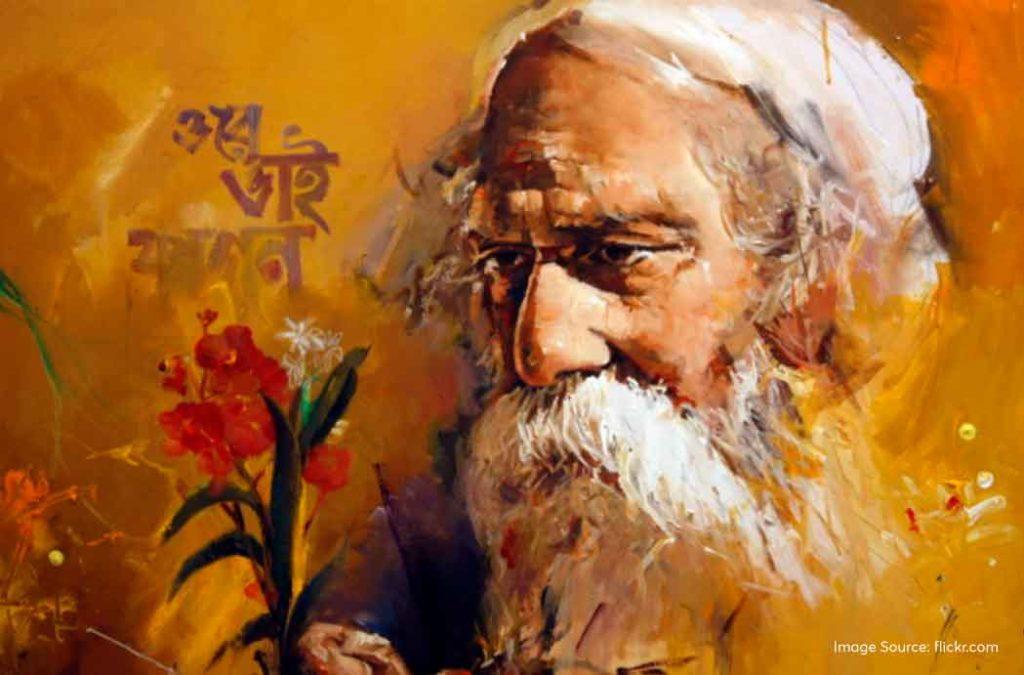
Let’s learn more about Rabindranath Tagore Jayanti and see how the intellectual heritage of the ‘Bard of Bengal’ played a role in shaping contemporary India.
The Life Of Rabindranath Tagore
Rabindranath Tagore was born on the 7th of May, 1861 in Jorasanko Thakurbari, Calcutta, British India. According to the Bengali calendar, his birthday falls on the 25th day of the Baisakhi month, which is usually on the 8th or 9th of May. In the year 2024, we will be celebrating Rabindranath Tagore Jayanti on 7th May (Gregorian) and 8th May (Bengali calendar).
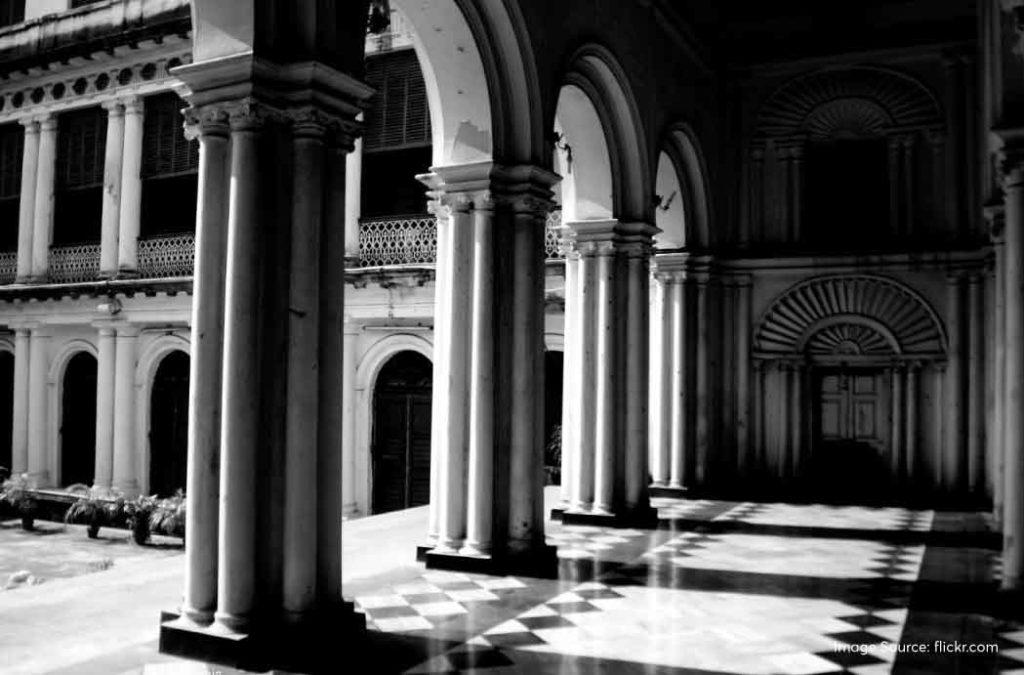
Rabindranath Tagore belonged to an affluent Bengali family and was the youngest of thirteen children. His upbringing was heavily influenced by the cultural, spiritual and intellectual atmosphere of his family. Tagore’s father, Debendranath Tagore, was a social reformer, activist and a key member of the Brahmo Samaj Movement, which aimed to promote social equality and monotheism. His mother, Sarada Devi, was an ardent spiritual believer and came from a maternal family that was well-versed in literature and social causes.
Though his mother died when Rabindranath Tagore was in his teens, the man learned a lot from his parents and that opened his mind to exploring things in the intellectual world. His siblings also grew up to be composers, novelists and literature pros. One of his brothers was also the first Indian to be appointed to the civil services. Tagore and his brothers and sisters mostly grew up with house help and maids after their mother’s death, seeing how his father was mostly out taking part in revolutionary movements. It won’t be wrong to say that he had included the struggles and perspectives of these underprivileged people in his subsequent works in the future!
It was in 1913 that Rabindranath Tagore became the first non-European to win the Nobel Prize in Literature for his collection of poems – ‘Gitanjali’. This has established his presence as a literature giant with international acclaim.
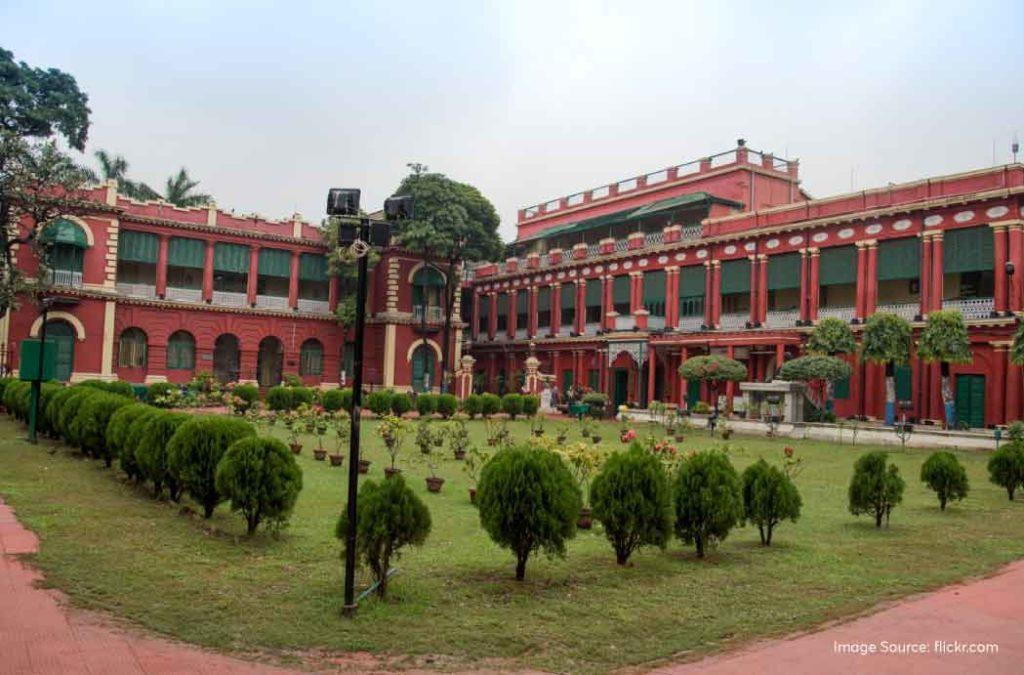
In 1921, he founded the Visva Bharati University in Santiniketan, West Bengal. The institution aims to combine the best aspects of both Indian and Western educational systems so that the students can get the best of both places. Also, the place promotes indulgence in art and literature. Here, you will see the faculty introducing the ideas of universalism, humanism and equality among the student body.
Apart from writing some of the best poems and plays in the history of literature, Rabindranath Tagore was the man who drafted the enchanting national anthems of not just one but three nations – India, Bangladesh and Sri Lanka.
If you are interested in exploring Rabindranath Tagore’s birthplace, then book your stay at hotels in Kolkata near the Jorasanko locality. This is where you will find many cultural events happening on the Jayanti.
Celebrations of Rabindranath Tagore Jayanti
Across India, communities come together to celebrate Rabindranath Tagore Jayanti with great reverence. People, especially Bengalis and Tagorephiles across the world organise cultural events that feature dance performances, poem recitals and theatrical plays, all of them centred around the work of Rabindranath Tagore.
During the Jayanti, you will see people swaying and dancing together to the songs of Rabindra Sangeet. These are a collection of 2000 songs, written by the legendary man himself, that beautifully blend the elements of melodious Indian classical music with folk tunes. You will also find that a few of his songs have beats similar to what is used in western songs. It’s hard not to tap your feet while these mesmerising compositions play on the day.
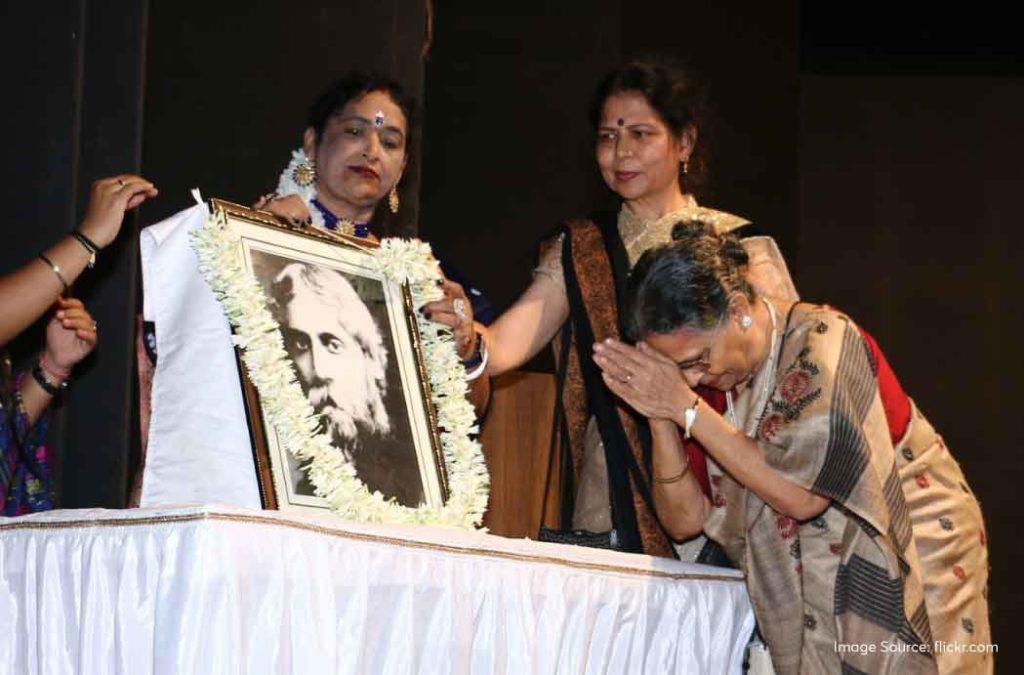
On Rabindranath Tagore Jayanti, you will also come across exhibitions that showcase artwork inspired by the life and work of the poet, writer and composer. Think of them as the visual representations of Rabindranath Tagore’s literary creativity, imagination and vision.
There are cultural and heritage centres across the world that host poem reading sessions, guest talks and even literary festivals on this day. People gather to discuss the poetic brilliance of Rabindranath Tagore’s past work, his influence on world literature and how his work is still relevant in the contemporary world.
With advancing technology and the boom of the digital age, virtual events and webinars are also planned so that ardent admirers of Tagore from across the world can come together through a common platform. You will also see social media campaigns hailing the legendary work of the poet on this special day.
Tagore’s Literary and Artistic Contributions
Though Rabindranath Tagore is mostly known for his poems across the world, he also produced some of the best novels, short stories, dramas, musical compositions, paintings and drawings. He is also famous as the first writer who made short stories a dominant genre in the Bengali literature world. His work is often associated with optimism and positivity and revolves around the simple lives of middle-class men and children.

‘Gitanjali’ is a collection of spiritual poems that was first written in the Bengali language and later translated into English by Tagore himself. The poems are all about deep spiritual understanding, the love for a supreme source of positivity, scenarios that awaken hope in a person and universal humanism. He won several awards, accolades and even the Noble Prize for this work.
‘The Home and the World’, also popular as Ghare-Baire, is a novel which is set in the backdrop of the Swadeshi Movement during the Indian independent struggle. It is a piece of fiction that highlights themes like nationalism, one’s true identity, tradition and the influence of modernity. It is considered Tagore’s finest work and some even felt that this novel was way ahead of its time and a masterpiece that even the future generations will come to love.
Tagore loved to paint. He gave life to some of the spectacular canvas paintings that depict scenes from nature, peaceful village life and human emotions. What’s special is that all of Rabindranath Tagore’s work focussed on filling a person with happiness and joy when things were gloomy during the pre-independence era.
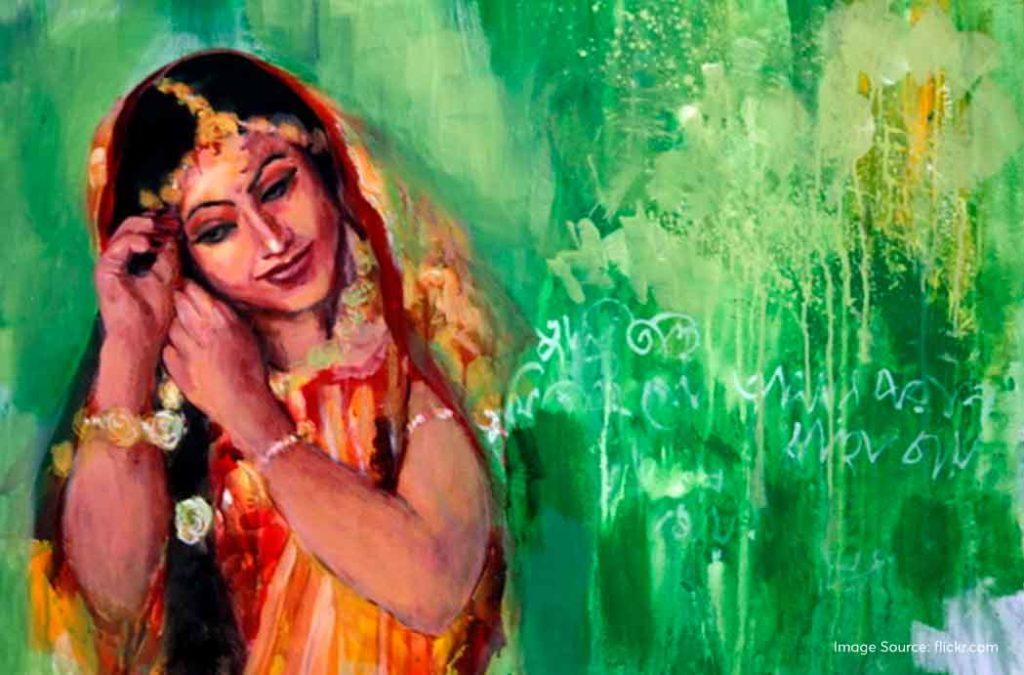
His musical compositions were usually Indian classical melodies and folk tunes. The lyrics focussed on showcasing a simple man’s life, the beauty of nature, nationalism, social equality, love and relationships and spiritual devotion. They are soothing to the ear and deeply resonate with the listeners.
Even today, you visit any library across India and will at least find one literary work by Rabindranath Tagore displayed on the shelves. No contemporary library is complete without having ‘Gitanjali’ among its collections.
Tagore also wrote some of the best plays in the Indian Theatre world. Here are some of his notable works –
- Valmiki Pratibha – In the story, Guru Valmiki pays penance for his sins, seeks the blessing of Goddess Saraswati and begins to write the epic ‘Ramayana’.
- Chitrangada – A dance drama that is based on the life of Chitrangada from the epic Mahabharata. It focuses on self-discovery and female empowerment.
- Chandalika – A story of a girl who craves acceptance and wants to be liberated from the shackles of societal norms.
- Dakghar – The desires and emotional feelings of a young boy who is confined to his house due to an illness.
- Raja – A symbolic drama that focuses on the spiritual journey and enlightenment.
- Raktakarabi – A drama that focuses on the exploitation of labourers and their struggle against power, corruption and societal injustice.
- Tasher Desh – A satirical play criticising the norms of society. It emphasises the need for creative freedom and innovation.
- Muktadhara – Sheds light on the need to empower the marginalised societies and women.
- Basanta – A mesmerising drama that shows the beauty of nature during the springtime.
- Achalayatan – The drama shows how the feudal society is flawed and there is a need for quick social reforms.
Educational Influence and Philosophies
Rabindranath Tagore believed holistic learning and spiritual growth are crucial to shape a person. He advocated that nature is the best teacher and the ones who can connect with the universe are the lucky ones who can decode the complex problems that life throws at us. To implement his educational philosophies, he started ‘Shantiniketan’ as an experimental school. In no time, the place transformed into the care of address for holistic learning and personality growth.
Staying true to Tagore’s educational beliefs, Shantiniketan focuses on freedom in education, encouraging students to explore their interests and passions. The educational model is more nature-centric where students interact with nature to foster creativity and sensitivity.
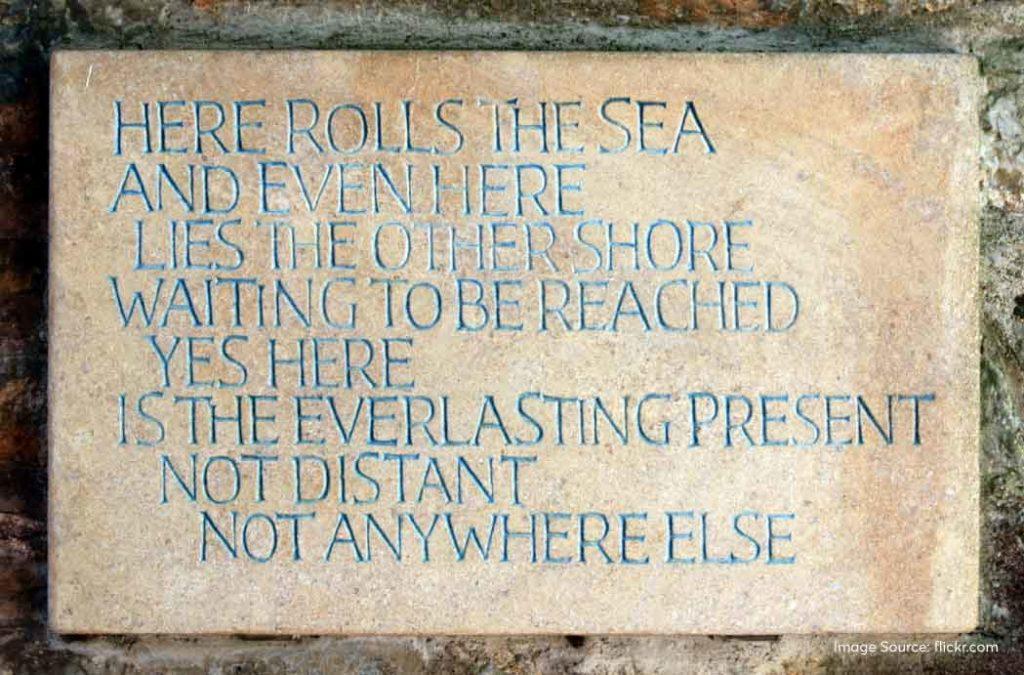
During his time, Tagore tried to expose his students to diverse cultures. He promoted cultural exchange by inviting scholars, artists, thinkers, social reformers and leaders from across the world to deliver speeches and take part in student interaction sessions. He also provided admission to students from different backgrounds and ethnicities.
Even today, Tagore’s philosophies inspire alternative educational curriculums across the world. The teaching body is focussing more on honing students’ creative skills, urging them toward innovations and has started to make art and recreation a very important part of modern education.
The need for critical thinking and cultural immersion is important, seeing how this can lead to harmonious living and peace of mind.
Rabindranath Tagore’s Global Impact
Rabindranath Tagore aimed to show the beautiful side of India through his poems, stories, novels and song compositions. And, he was very successful in doing it. The world started to understand the cultural scenario in the country, the human conditions, the complexities of relationships and the struggles to attain freedom.
His work did not just resonate with the Indians but also with other readers from across the world. He often travelled to Europe, America and other parts of Asia to facilitate cultural exchange. This is how our Indian literature, art and music reached the doorstep of the other countries.
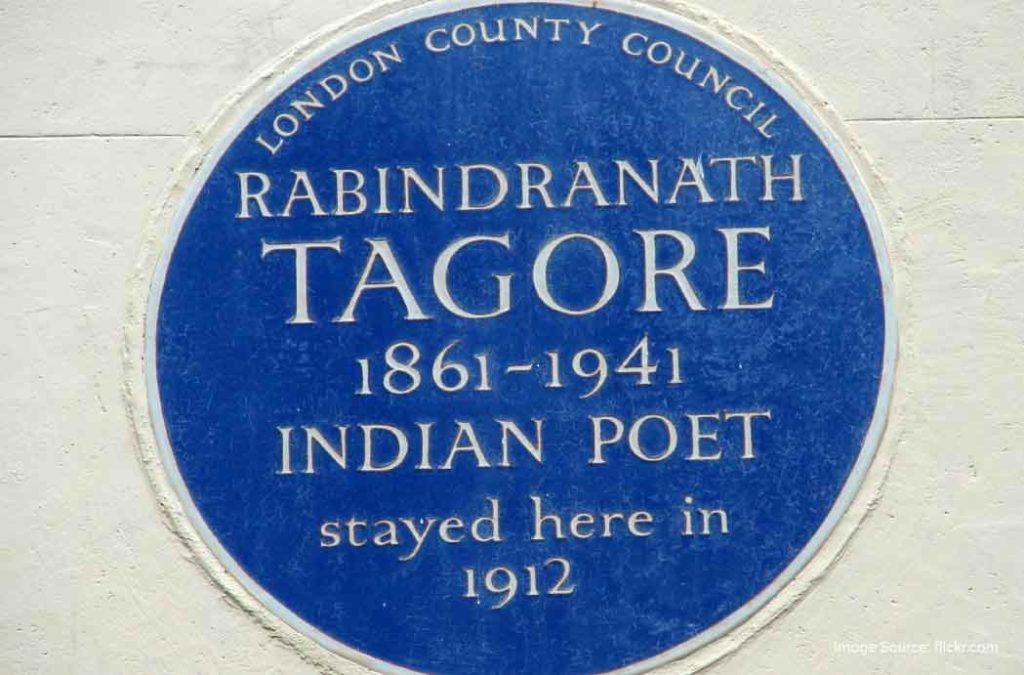
He met with political leaders, artists and intellectuals in an attempt to establish mutual understanding and appreciation between India and the world. This requires a lot of patience and effort and people did notice it. He was awarded the Nobel Prize and also the knighthood by the British Crown in 1915. However, he later renounced it in protest against East India Company’s overbearing policies.
To know more about Tagore and other important figures who played a significant role in the Indian freedom struggle, explore the museums in Kolkata.
Reflection on Tagore’s Legacy Today on Rabindranath Tagore Jayanti
Rabindranath Tagore’s exemplary work is relevant even today. There is no expiry date for love and relationships, is there? You can always go back to read his poems, short stories, plays or even novels that focus on the importance of love and acceptance. In a world that’s dealing with the challenges of pollution, global warming and climate change, his work can help us see nature in a new light and develop a strong sense of responsibility toward it.
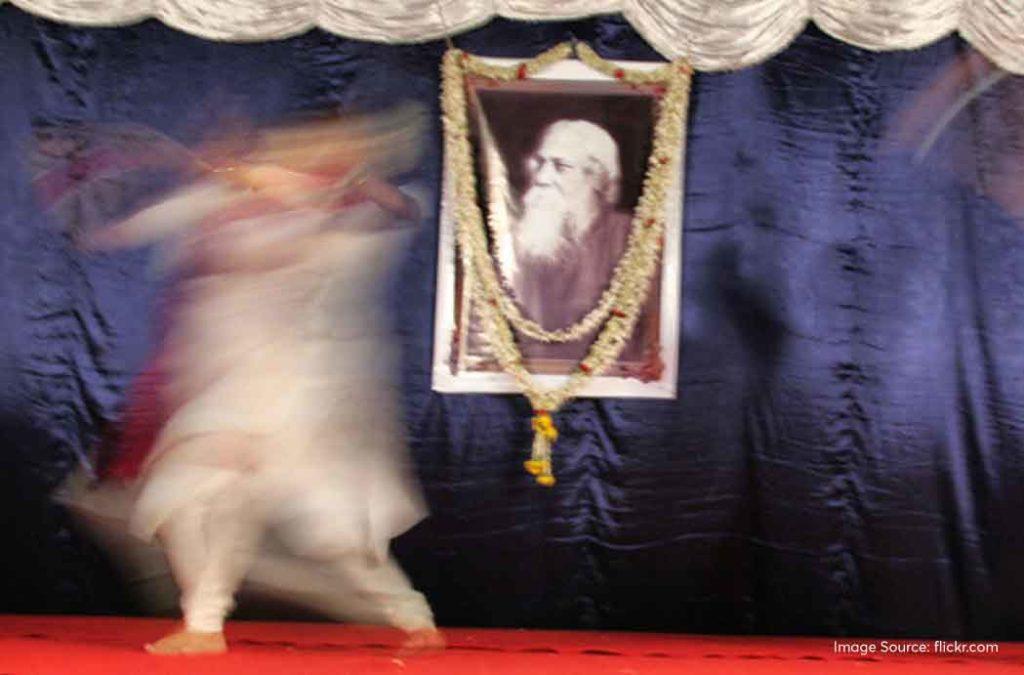
In the world of education, the curriculums are more inclusive with equal time allotted to academics and recreation. If one hour is spent on solving mathematical problems, another hour is allotted to playing the piano or learning how to dance.
On Rabindranath Tagore Jayanti, people come together to remember his philosophies, celebrate his work and also indulge in creative activities that rejuvenate the mind. People who love literature come together and these interactions pave the way for cross-cultural understanding and the beauty of inclusivity.
Rabindranath Tagore Jayanti is all about acknowledging and embracing the power of art, literature and philosophy. People open their minds to spiritual indulgences, tap into that innate creativity and remember the man who left behind timeless guidance and wisdom. We will be celebrating the 163rd Rabindranath Tagore Jayanti in 2024 and even now, his artistic expressions are highly relevant and useful. They will continue to be so even for the future generations. For that reason, we call Rabindranath Tagore one of India’s greatest luminaries.















